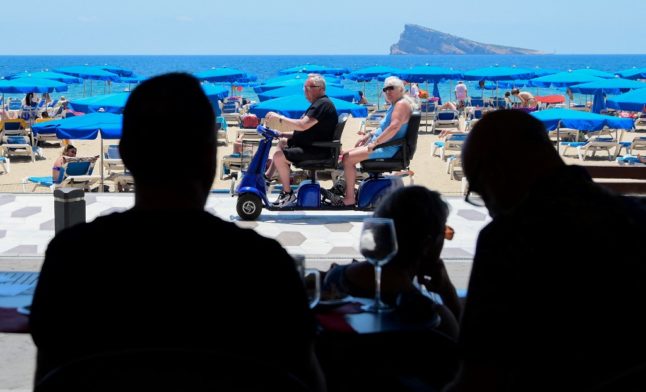The Rome Palaces – Open Doors initiative launched at the start of November and includes visits to Medieval towers, gardens, villas and palaces.
“The idea is to share this enormous patrimony with Italian citizens and foreigners,” said Consuelo Lollobrigida, co-founder of the tour company Italian Cultural Tourism (Turismo Culturale Italiano).
“Opening the doors of these places – some private, some public – is a form of respect and appreciation,” she told The Local.
The buildings being opened up include those found on Via Giulia, named after 16th-century Pope Julius II who had a vision to beautify the city of Rome. A patron of renowned artists like Raphael and Michelangelo, he had grand plans to embellish the architecture of the city and the street that bears his name.
“People have a great curiosity in the historical and cultural assets of Rome and there is considerable interest,” said Lollobrigida. “Visits are always conducted with respect and discretion and limited to small numbers.”
One of the many buildings to see its doors opened to the public is Sacchetti Palace, built by Antonio da Sangallo in 1542. Once visited by popes and cardinals, the palace was bought by the Sacchetti family in 1649. Their descendants still live there today.
Tourists can also visit the loggia of the Knights of Rhodes which is built into the remains of the forum of Augustus in the Roman Forum, and Palazzo Chigi, official residence of the Italian prime minister.
Don't miss a story about Italy – Join us on Facebook and Twitter.



 Please whitelist us to continue reading.
Please whitelist us to continue reading.
Member comments